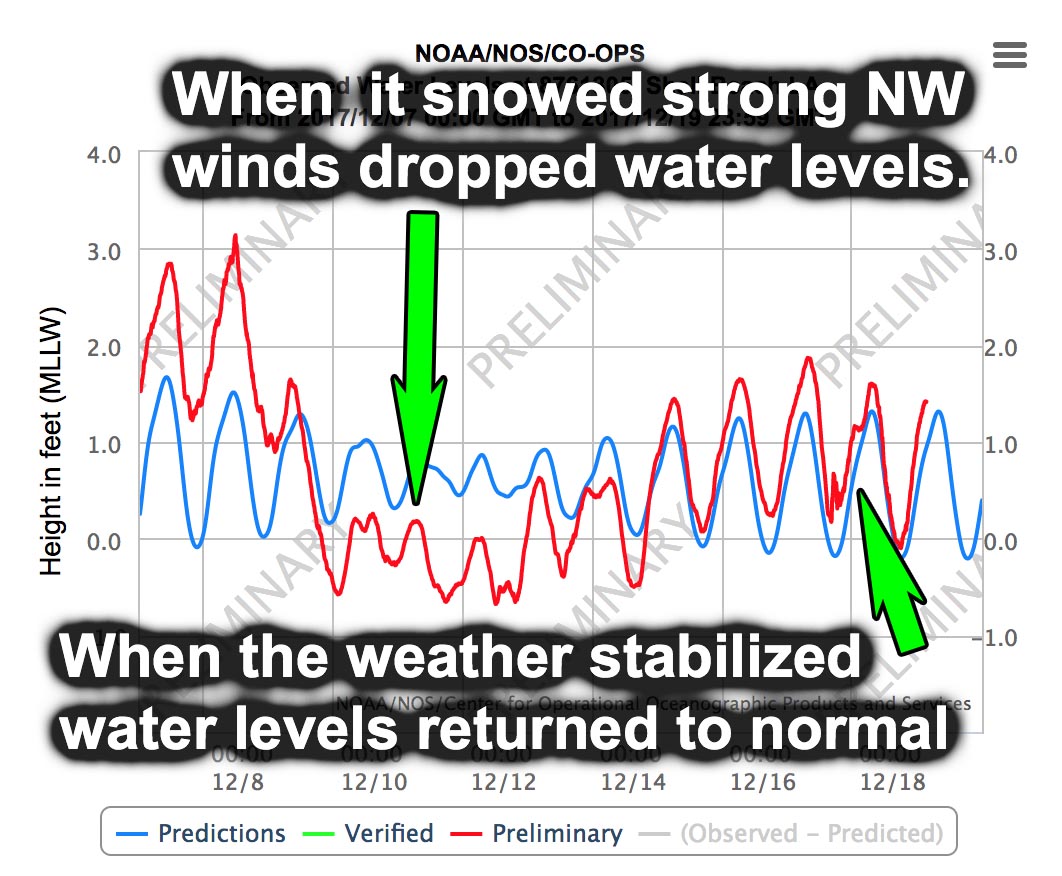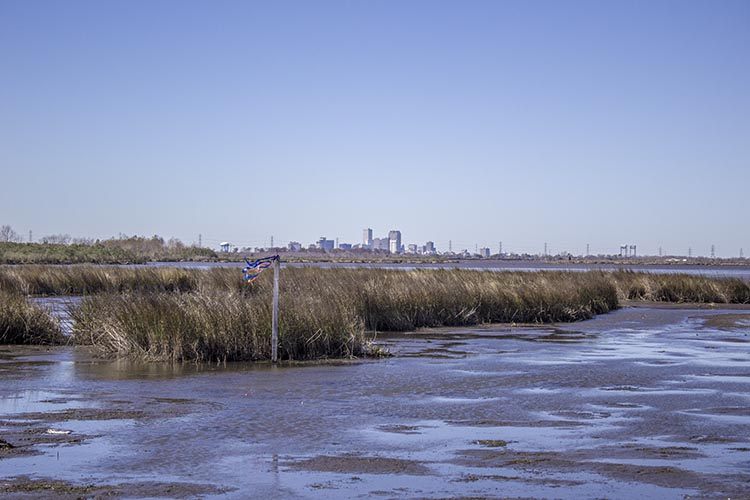Speckled trout and redfish were found dead on the bank. What killed them?
Massive Fish Kill in Louisiana
Across Louisiana folks are waking up to the sight of dead fish. Our favorite inshore species are laying about parts of the marsh, deader than a doornail.
But why did they die?
The short answer is that they got too cold and froze to death. Literally. But that's a simple answer that leaves out a lot of information expert anglers are aware of.To really get a feel for what happened, we must dive into the weather pattern for Louisiana's winter and the biology of fish swimming in her inshore waters.
Louisiana's Winter Weather Pattern
It really begins in October. Cold fronts start cooling everything down, in conjunction with shorter days and longer nights. With each cold front, whether it's strong or weak, water levels and temperature drop.

Then, as conditions stabilize, the sun comes out and winds shift from the east, pumping water back into the marsh and raising the temperature to a level more comfortable for anglers and fish alike.
Louisiana Winter Fish Behavior
When cold fronts roll through, speckled trout and redfish respond by seeking deeper water. Sometimes, they are forced to find deeper water because there is literally no water left where they once swam.

Why do fish do this?
Fish are cold-blooded and because of this their metabolism matches the ambient water temperature. They don't maintain a constant body temperature like us warm-blooded folk. During ruck runs in the snow I'd only wear trousers and a blouse. Not even a t-shirt or undies! I just got that warm doing that much work, but it's not the same for our beloved fishes. Those are two ways we can adapt.
But how do fish adapt?
Fish adapt by taking time out in stable water. Deep holes offer this, as they are less influenced by deteriorating conditions.
See, a fish's body uses different chemical processes to handle different bodily functions at different temperatures. Fish adapt to different water temperature by changing out the chemical process. Doing this requires time. It's kind of like how we humans can adapt to altitude change. But that adaptation is not instant, it requires time. So, the more drastic the temp change, the longer fish need to adjust. If they stay in the stable water temperature of deep holes, they need to adjust less. Make sense?
But if there is a severe change in conditions...
If a drop in temperature and water level is so severe it can catch fish with their pants down in shallow water. Their body cannot adjust fast enough as they become shocked by the colder temperature, unable to move towards deeper water. The change in temperature outpaces their body and they eventually die.
Conclusion
This arctic cold front is an extreme for the conditions we normally experience in Louisiana. It will concentrate fish by dropping temperatures and lowering water levels. When it does, the effect can be so severe it will kill fish across the marsh. This is a learning point for us inshore anglers, to help us better understand the environment we operate in and the quarry we pursue.
Question? Comments? Chime in below!

Hey Lacy, this is a good question and I’m glad you asked.
While low dissolved oxygen (DO) levels can kill fish, this wasn’t the case here.
Colder water holds more DO than hot water. It’s usually in the summer time we see fish kills from low DO.
These fish in this instance died because of the swift drop in temperature.
Thanks for commenting.
Did the cold front cause a depletion in dissolved oxygen, making this the cause of the fishes death?